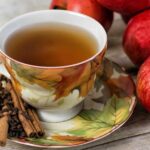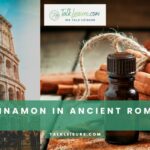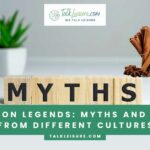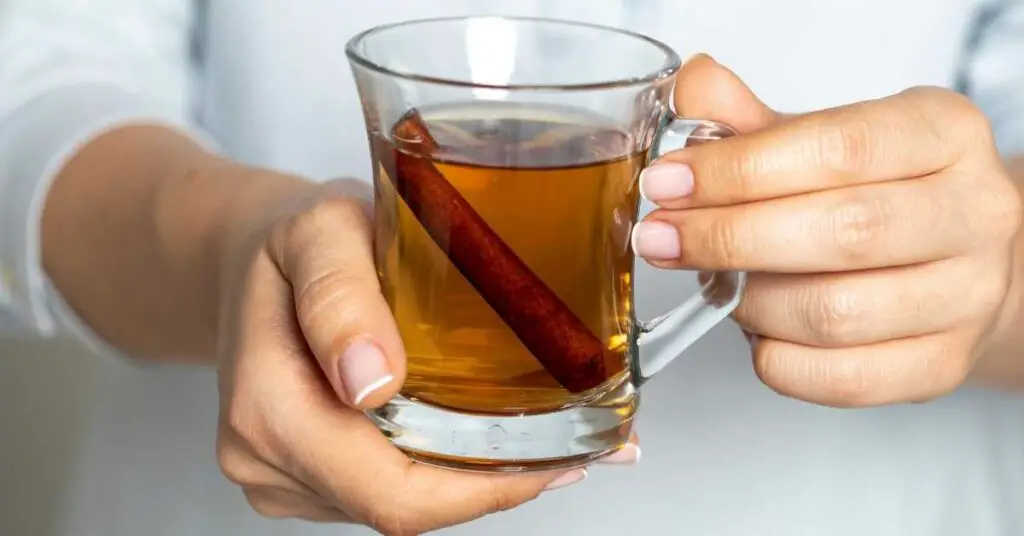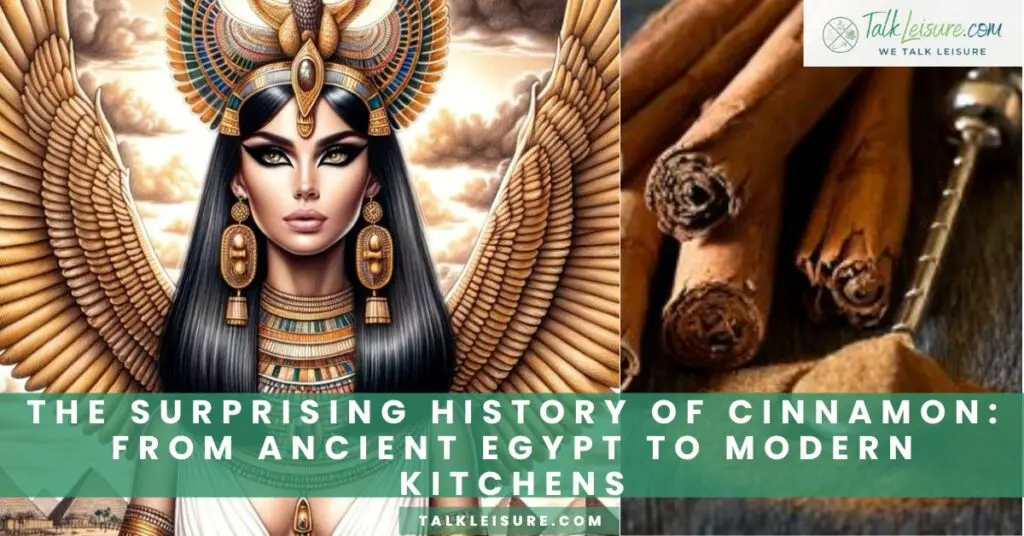Consider your favorite Christmas confections. Very likely, some of them contain the enchanted spice cinnamon.
However, did you realize that this spice has uses beyond flavoring food?
It functions as a kind of unique emblem that unites people during festivals anywhere in the world.
There are more benefits to cinnamon than just its flavor.
It is a component of legends that span many ages and link many customs, cuisines, and even religious beliefs.
Cinnamon has been a major component of celebrations of important occasions since ancient times.
This journey we’re taking will show you why cinnamon is so important.
We’ll look at its culinary applications, the reasons it’s significant in rituals and festivities, and the various ways that people from different cultures enjoy it during the holidays.
Cinnamon: A versatile spice
Cinnamon is a very versatile spice that can be used in sweet and savory dishes alike.
It is used in desserts like cinnamon rolls, apple pie, and rice pudding, as well as in savory dishes like baked chicken, chili, and curries.
Cinnamon is a common ingredient in many spice blends from different cultures, for example, Garam Masala in the Indian subcontinent.
The Historical Origins of Cinnamon Use in Holiday Celebrations
Cinnamon in Ancient Egyptian Practices
Since ancient times, people have prized cinnamon for both its flavor and its therapeutic qualities.
Ancient Egyptians used cinnamon in embalming practices due to its preservation abilities.
During religious rituals, they also utilized it as perfume and incense.
Cinnamon’s Association with Christmas in Europe
In Europe, cinnamon became widely associated with Christmas during the Middle Ages.
The fragrant spice was used to add warmth and cheer to the cold winter months.
Cinnamon was a key ingredient in many holiday treats, including mulled wine, gingerbread, and fruitcakes.
Today, cinnamon continues to be a beloved spice and is used in a variety of holiday dishes around the world.
From the cinnamon sugar coating on snicker doodles to the sweet, spicy aroma of mulled cider, cinnamon has become an essential part of holiday traditions.
So, whether you’re baking up a batch of cookies or sipping on a warm cup of cinnamon tea, let this ancient spice add a touch of festive flavor to your holiday season.
What Is the Role of Cinnamon in European Holiday Traditions?
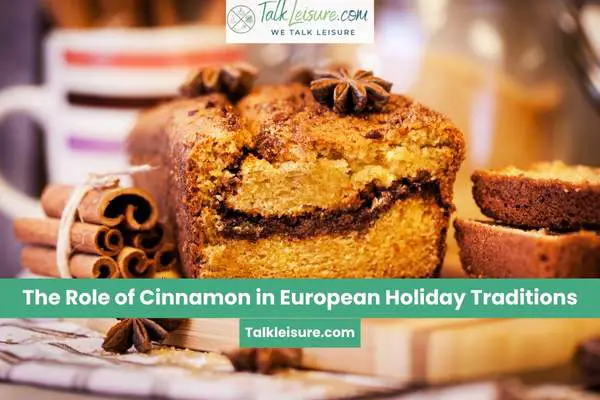
Cinnamon in Christmas Baking
Cinnamon has been a popular spice for centuries, and its association with holidays stems from the Middle Ages in Europe.
Because of its cozy, aromatic flavor, cinnamon is a common ingredient in Christmas cuisine.
Cinnamon is a common component in seasonal classics including fruitcake, gingerbread, and Snicker doodles.
Its flavor profile, which combines sweetness and spice, gives baked products and sweets depth.
It has become a staple in holiday baking recipes.
Cinnamon’s Role in Mulled Wine
In addition to baking, cinnamon has played an important role in holiday beverages as well.
Mulled wine, a warm and spiced wine beverage made by heating red wine with various spices, has been a holiday staple for centuries.
Cinnamon is often added to the mix along with other festive spices like cloves and nutmeg.
The aroma of mulled wine simmering on the stove is a sign of the holiday season in many European countries.
Cinnamon’s popularity during the holidays can be traced back through history, from its use in ancient Egyptian practices to its prominent role in European holiday traditions.
Whether it’s in a festive treat or a warm drink, cinnamon adds a signature taste and scent to holiday celebrations that are beloved by many.
What Is the Role of Cinnamon in Middle Eastern Holiday Traditions?
Cinnamon in Moroccan Cuisine
Throughout ancient times, cinnamon has been a staple in Middle Eastern cooking and is especially important to Moroccan festival customs.
In Morocco, tagine, a slow-cooked stew usually made with lamb or beef, is one of the festival foods that frequently uses cinnamon.
The dish’s flavors are enhanced and given a special Christmas flavor by the warm, fragrant taste of cinnamon.
Cinnamon is also frequently added to desserts and couscous dishes during celebratory occasions.
Cinnamon in Turkey’s Seker Bayram Festival
In Turkey, cinnamon is a key ingredient in traditional sweets served during Seker Bayram, also known as the Sugar Festival.
This holiday, observed at the end of Ramadan, celebrates the end of fasting with a feast of traditional Turkish sweets.
Cinnamon is often added to baklava and Turkish delight, giving them a warm and spicy flavor.
It is also a popular spice in tea served during the festival, which is traditionally enjoyed with family and friends.
Cinnamon is a beloved spice in Middle Eastern holiday traditions, adding a warm and fragrant taste to holiday dishes and sweets.
These traditions have been passed down for generations and continue to be an essential part of holiday celebrations in many Middle Eastern countries.
What Is the Role of Cinnamon in Asian Holiday Traditions?
Cinnamon in Indian Chai Tea
Indian Chai tea is a famous beverage served during the holidays that requires the vital ingredient cinnamon.
The tastes of ginger, cardamom, and black tea, which are frequently found in Chai tea, blend harmoniously with the sweet and spicy flavor of cinnamon.
Families get together over the holidays to share traditional snacks and sweets and to sip warm Chai tea.
Cinnamon in Vietnamese Lunar New Year Dishes
In Vietnamese cuisine, cinnamon is a commonly used spice during the Lunar New Year, a significant holiday in Vietnamese culture.
It is often added to dishes such as Banh Chung (glutinous rice cake) and Canh Mang (bamboo shoot soup).
The warm and comforting taste of cinnamon helps to create a cozy and festive atmosphere during this important celebration.
Cinnamon has been a beloved spice in holiday traditions across Asia for centuries.
Whether it’s in a warm cup of Chai tea in India or a savory Lunar New Year dish in Vietnam, cinnamon adds a unique and delicious flavor to holiday celebrations.
What Is the Role of Cinnamon in North American Holiday Traditions?
Cinnamon in American Pumpkin Pie
American holiday sweets, especially pumpkin pie, often contain cinnamon as a basic spice.
The sweet and creamy pumpkin filling is perfectly complemented by the warm, fragrant smell of cinnamon.
It is frequently combined with ginger, nutmeg, and allspice to make a flavorful mixture of spices that gives the food more depth and complexity.
Cinnamon in Canadian Eggnog
In Canada, cinnamon is a popular ingredient in eggnog, a traditional holiday drink made with milk, cream, sugar, and eggs.
The spice adds a warm and spicy note to the rich and indulgent beverage.
It is often sprinkled on top of the frothy eggnog foam or blended in with the drink.
Cinnamon has been a beloved spice in North American holiday traditions for generations.
Whether it’s in a classic pumpkin pie or a creamy cup of eggnog, cinnamon adds warmth and comfort to holiday gatherings.
Its sweet and spicy flavor is a perfect match for the rich and festive flavors of traditional holiday dishes.
What Is the Role of Cinnamon in South American Holiday Traditions?
Cinnamon in Peruvian Hot Chocolate
Peruvian hot chocolate is one of the most well-known dishes in South America that uses cinnamon, a popular spice.
The richness of the chocolate is complemented by the spicy flavor and aroma of cinnamon, making for a delightful and cozy beverage.
During Christmas celebrations in Peru, Panettone, a type of sweet bread, is usually served with hot chocolate.
Cinnamon in Chilean Christmas Bread
In Chile, cinnamon is a key ingredient in Pan De Pascua, a traditional Christmas bread.
This moist and flavorful bread is made with cinnamon, nutmeg, cloves, and honey.
It is typically served as a dessert during holiday meals and can be paired with a sweet drink like cola de mono, a traditional Chilean Christmas beverage made with coffee, milk, sugar, and cinnamon.
Cinnamon has been a beloved spice in South American holiday traditions for generations.
Its warm and spicy flavor adds depth and richness to traditional holiday recipes, making them even more special.
From hot chocolate to sweet bread, cinnamon is an essential ingredient in many South American holiday dishes.
What Are The Health Benefits of Cinnamon?
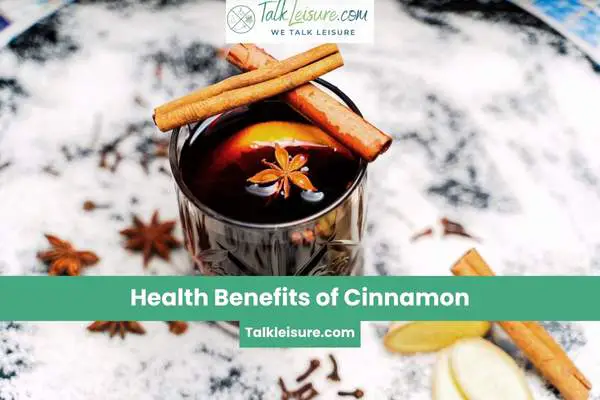
Loaded with Antioxidants
Cinnamon is a spice rich in antioxidants, which help protect the body against damage caused by free radicals.
These free radicals can cause oxidative stress and accelerate the aging process of cells.
Consuming cinnamon daily can reduce the risk of chronic diseases like cancer, heart disease, and diabetes.
Studies have shown that cinnamon’s antioxidant properties may improve brain function, boost immunity, and promote healthy skin.
Lowers Inflammation,Improves Heart Health and Potential Weight Loss Support
Cinnamon also lowers inflammation and improves heart health by containing anti-inflammatory compounds that reduce swelling and inflammation in the body.
Studies have shown that cinnamon may also boost heart health by improving circulation and reducing the risk of heart disease.
Consuming cinnamon daily for 12 weeks resulted in lower levels of total cholesterol, LDL (“bad”) cholesterol, and triglycerides, which are all risk factors for heart disease.
Cinnamon has potential support for weight loss by boosting metabolism and regulating blood sugar levels.
Fights Bacteria and Fungi
It also fights off harmful bacteria and fungi by containing natural antimicrobial compounds, such as cinnamaldehyde, which can inhibit the growth of various strains of bacteria and fungi.
Alleviates Menstrual Cramps and PMS Symptoms
Cinnamon may alleviate menstrual cramps and PMS symptoms by reducing bloating and regulating blood sugar levels.
Skin and Hair Health Improvement
It also offers numerous health benefits for skin and hair, such as increased blood flow to the skin, soothing dry and itchy scalp, and improving blood circulation to the scalp, providing vital nutrients to hair follicles and promoting hair growth.
Conclusion
Cinnamon has been cultivated and used as a spice for thousands of years, with its origins traced back to Sri Lanka.
Today, it is produced and consumed in various countries worldwide, including India, Indonesia, and China.
In traditional medicine, cinnamon has been used to treat respiratory illnesses and digestive issues. It has also been used as a natural food preservative.
As research uncovers more health benefits of cinnamon, its global significance continues to grow.
From flavoring holiday recipes to being a potential aid for diabetes management, cinnamon remains an important ingredient in both culinary and medicinal fields.
FAQs
01. Which Type of Cinnamon Is Healthiest?
When it comes to cinnamon, two types are commonly available on the market: Ceylon cinnamon and Cassia cinnamon.
While both types of cinnamon come from the inner bark of the Cinnamon tree, they have different levels of coumarin – a substance that can be harmful when taken in large amounts.
Due to their different levels of coumarin, one may be considered healthier than the other.
Ceylon cinnamon, also known as “true cinnamon,” has a lower level of coumarin than Cassia cinnamon.
This makes it a healthier choice for those who consume cinnamon regularly.
Ceylon cinnamon is considered the safest option, especially for those who take cinnamon supplements to improve their health.
On the other hand, Cassia cinnamon, which is the most commonly used type of cinnamon in the United States, has a higher level of coumarin.
While it is safe to consume in small amounts, it can be harmful when taken in large doses.
Consuming large amounts of Cassia cinnamon may lead to liver damage and other health complications, especially for those with liver problems or who take certain medications.
02. What Does Cinnamon Symbolize in Christianity?
Cinnamon has been a significant part of Christian traditions for centuries and is often referred to in the Bible.
In ancient times, cinnamon was considered a precious commodity, used only by royal families and wealthy merchants.
It was also used for medicinal and religious purposes.
Interestingly, cinnamon is mentioned in the Bible several times, and in ancient times, it was one of the gifts presented to the baby Jesus by the wise men.
The gift of cinnamon represented purity, holiness, healing, and even divinity.
Cinnamon is also used during the holiday season in Christian traditions, especially during Christmas celebrations, as a symbol of renewal and hope.
Best Wishes!



